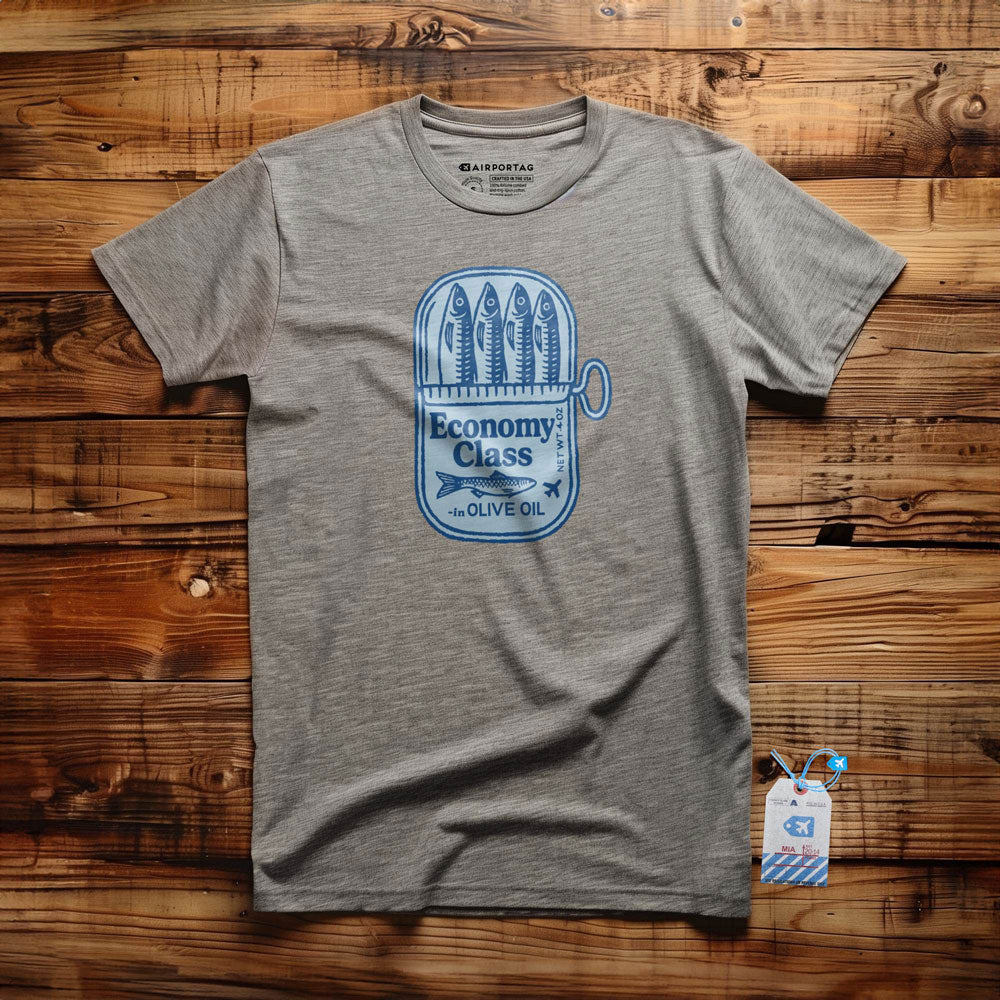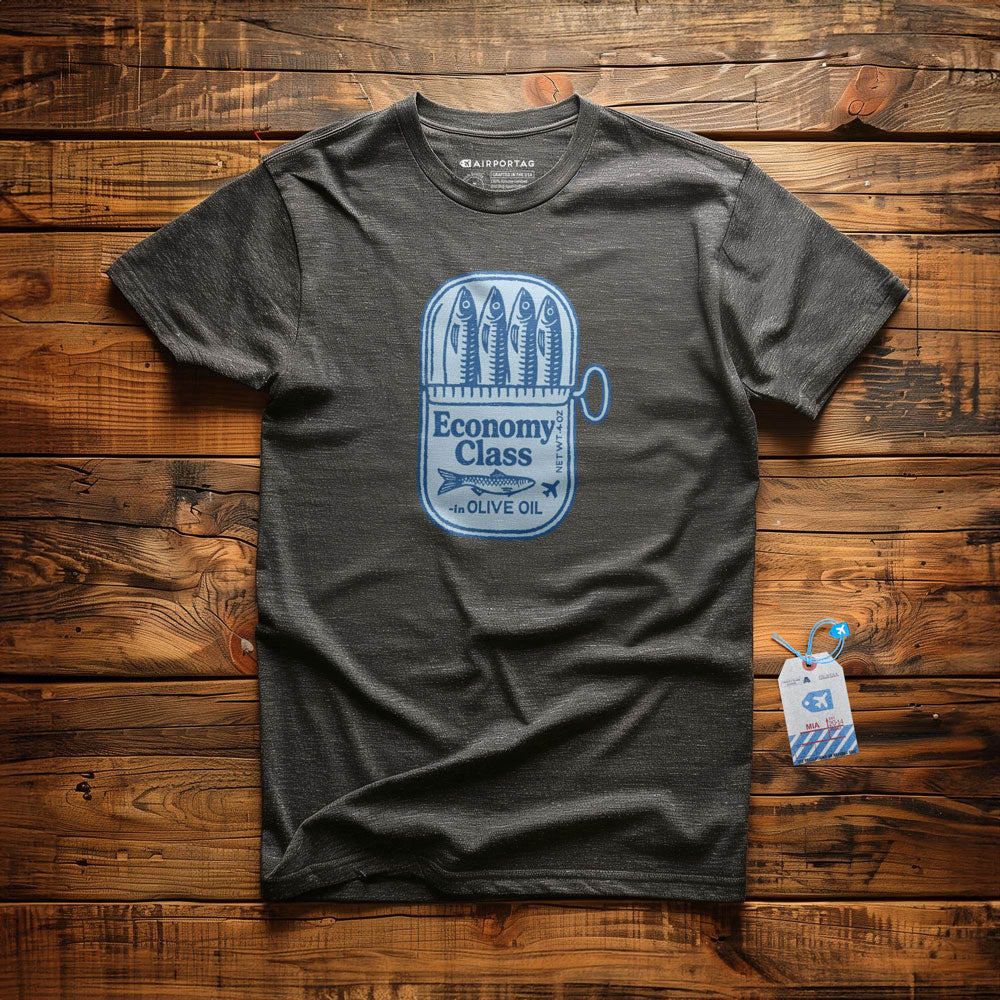The Nato phonetic alphabet is comprised of 26 code words that represent the 26 letters in the English alphabet. These specific code words are widely used in order to improve communication when you must be clear.
The alphabet is to be understood by everyone regardless of his or her native language. The military, medical, retail industry, and the airline industry typically use this form of alphabet also known as the ICAO (International Civil Aviation Organization). The phonetic alphabet is crucial to all pilots since it allows them to transmit clear messages to Air Traffic Controllers while flying.
History
In 1927, the first internationally recognized spelling alphabet was used by the International Telecommunications Union. British and American armed forces both had different spelling alphabets as well. The British used adopted the RAF radio alphabet while the United States used the Army/Navy alphabet that became known as the Able Baker alphabet. The following alphabet was used for civil aviation up until World War II:
Amsterdam, Baltimore, Casablanca, Denmark, Edison, Florida, Gallipoli, Havana, Italia, Jerusalem, Kilogramme, Liverpool, Madagascar, New York, Oslo, Paris, Quebec, Roma, Santiago, Tripoli, Upsala, Valencia, Washington, Xanthippe, Yokohama, Zurich
The United States began using the Army/Navy phonetic alphabet during 1941 in order to standardize the systems among all branches of the armed forces. The alphabet is known as the Able Baker. In 1951, civil aviation then adopted the Able Baker alphabet in order to have a universal coded alphabet. Over the years, problems were found and the final version was implemented in 1956. The final code words for the letters of the alphabet were decided on based on thousands of different comprehension tests that involved more than 30 countries. Pronunciation of the words may vary by country but to eliminate any further discrepancies’; recordings and posters are available by the ICAO. The following alphabet is what we currently use:
Alpha, Bravo, Charlie, Delta, Echo, Foxtrot, Golf, Hotel, India, Juliett, Kilo, Lima, Mike, November, Oscar, Papa, Quebec, Romeo, Sierra, Tango, Uniform, Victor, Whiskey, X-Ray, Yankee, Zulu

International Civil Aviation Organization
In order to become a pilot, it is mandatory to learn the phonetic alphabet. English is also the international language used in aviation. Every tower must have at least one English-speaking controller on duty at all times. Interestingly, only the numbers 0-9 are used in order to reference runways, altitudes, and any other numerical terms. For example, for runway number 16, pilots will say “runway number one-six”.
Morse Code
Morse code is a kind of character encoding that transmits telegraphic information using a beat. Invented by Samuel Morse, the inventor of the telegraph, a very skilled listener can understand the Morse code without special equipment. There are short and long elements to represent letters, numbers, and punctuation. While learning to understand Morse code, it is advised to not remember the dots and slashes but to remember the specific sounds instead. The speed of the coding is measured in characters per minute. Amateur radio operators currently use the Morse code. Pilots and air traffic controllers are usually familiar with the Morse code but don’t necessarily use it.










Leave a comment
All comments are moderated before being published.
This site is protected by hCaptcha and the hCaptcha Privacy Policy and Terms of Service apply.